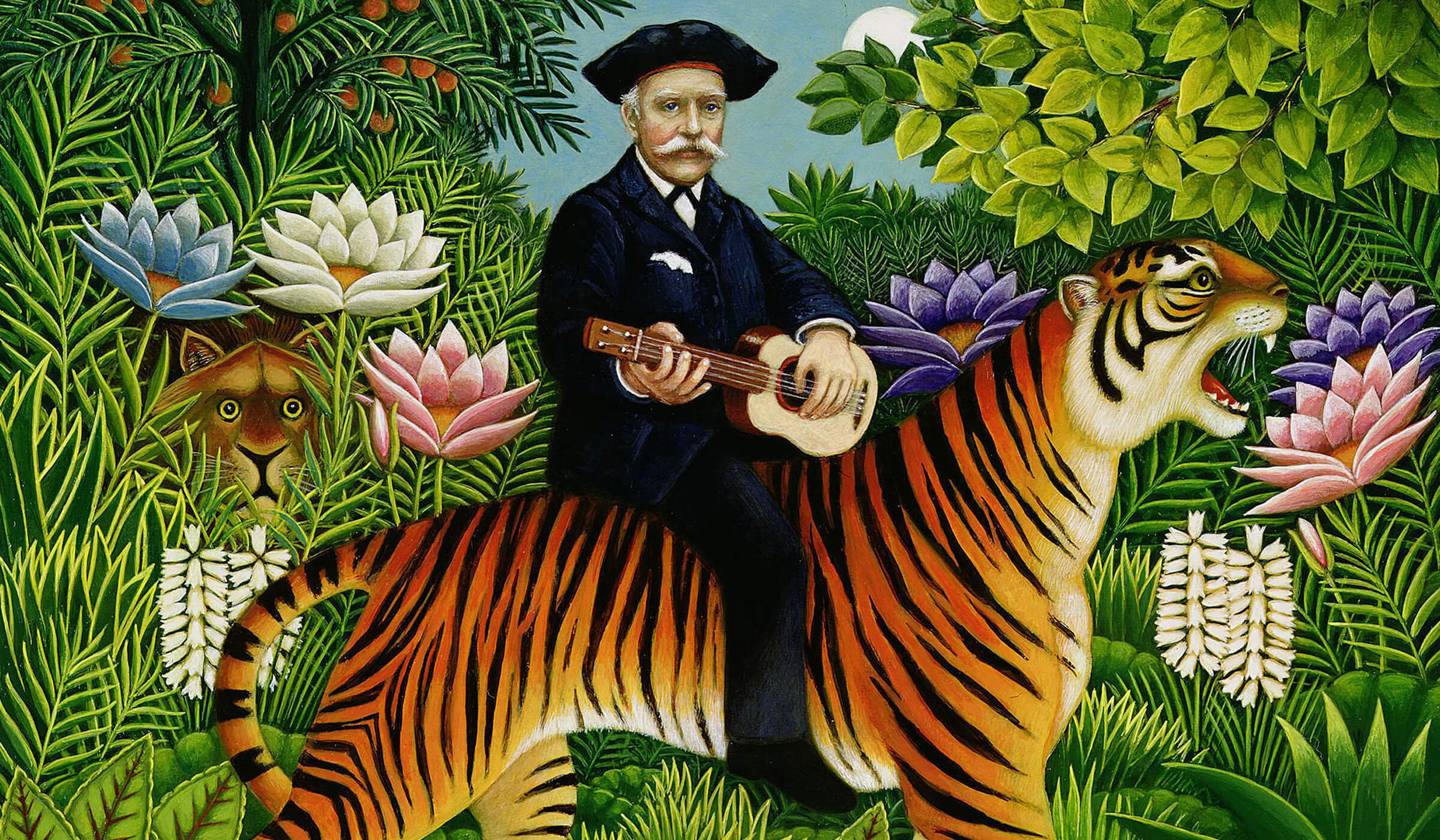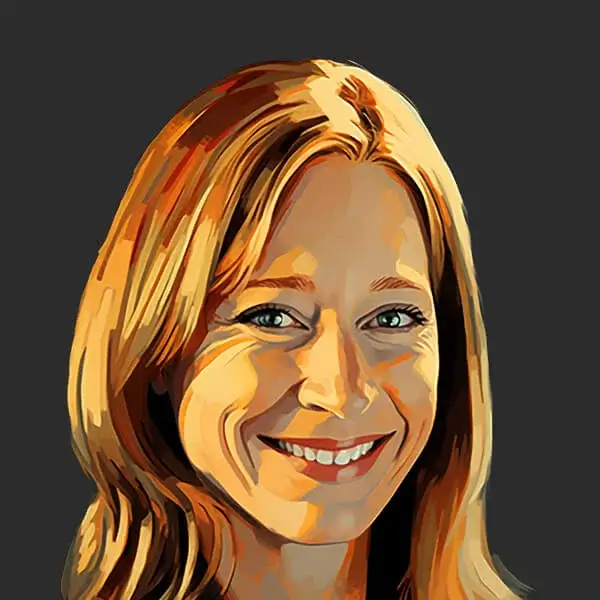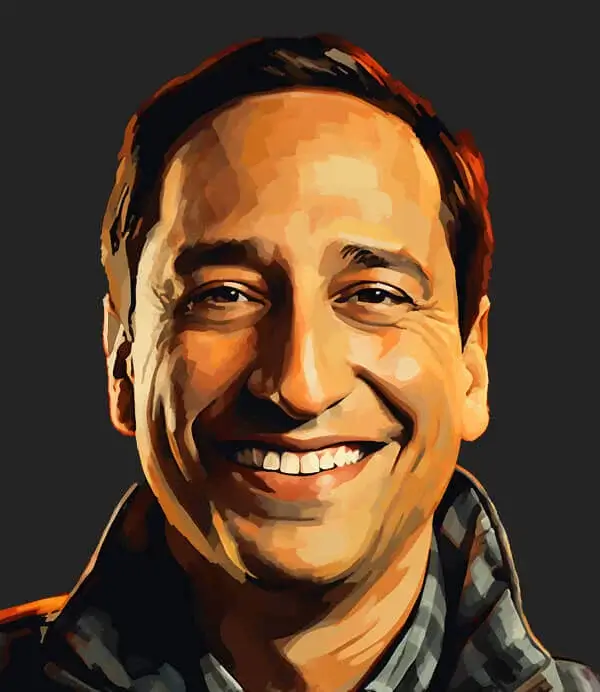The beginning of the 20th century was lit up by ‘naïve art’, a melodic French expression that denoted non-professional visual art. It was the first and the biggest step towards amateur painting, where the artists not only emerged from the shadows but became trendsetters and influencers.
This sculpture and painting style was born in France. Naive art is a successor of impressionism, so it has maintained some of its features. But what makes it different is the characteristic flat style, enriched by folk motives and childlike brushstroke.
What is Naive Art?
Naive art was first introduced by Henri Rousseau, a French post-impressionist painter. He was a self-taught artist with no formal training. Apparently, his pictures were recognized for their childlike simplicity and flat rendering style with a rudimentary expression of perspective.
Henri Rousseau
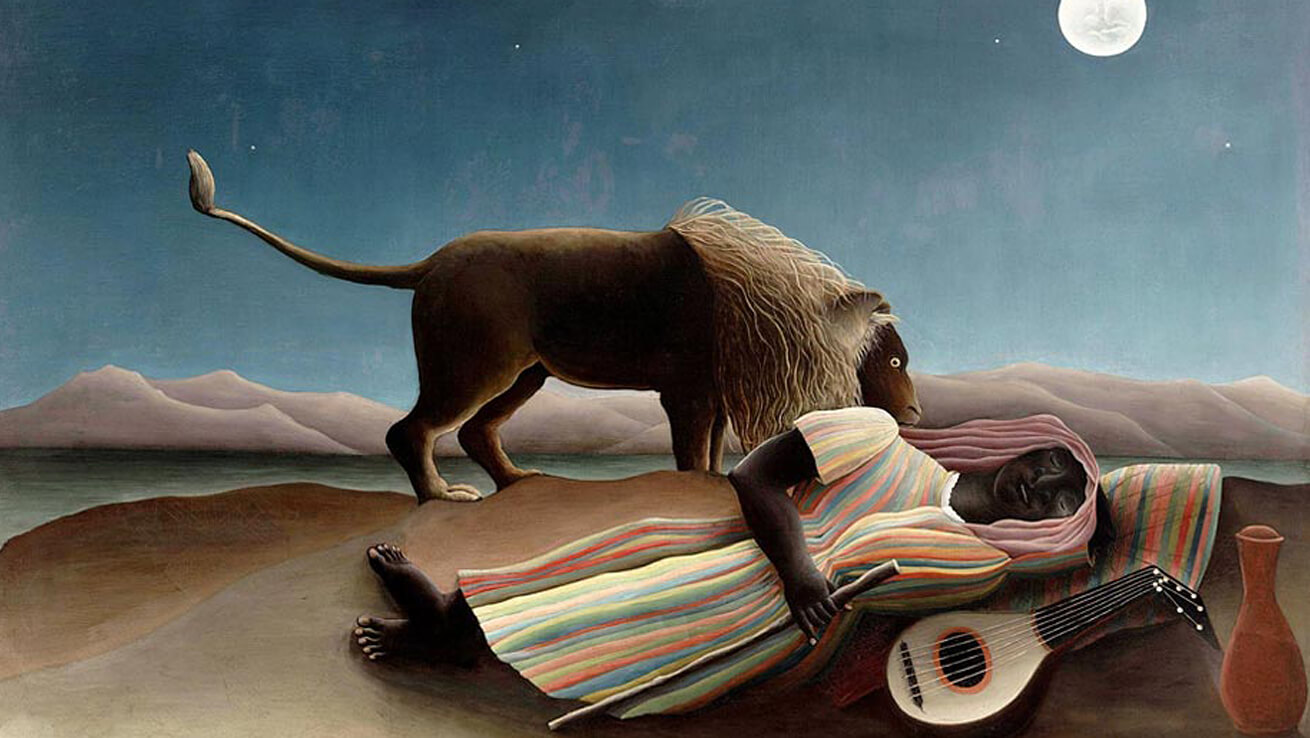
By his example, Henri Rousseau greenlit to the creators who lacked formal education and built a new artistic style around the amateur painting. The artists of naive art went past the graphical perspective, golden ratio, composition since most of them lacked the skills to use these fine art conventions properly.
Ivan Generalić
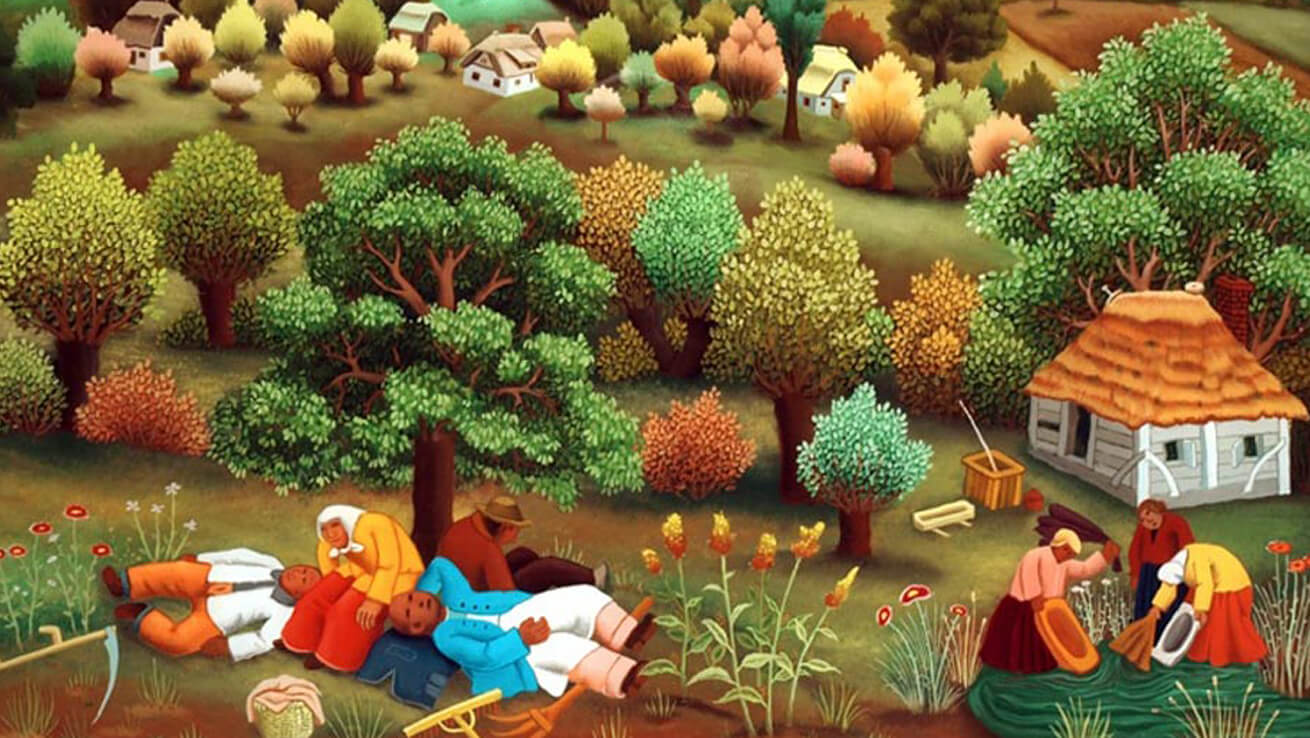
Later, faux naif, art brut, or primitivism followed. These styles represented the core traits of naive art but were performed by trained artists. It’s curious that today pure naive art doesn’t exist anymore, so the modern artists emulate its aesthetic.
The Traits of Naive Art:
+ No respect (or total absence) for the perspective, distance, and proportions. It explains why the objects don’t decrease in size and detail with a longer distance.
+ Background and focal objects of the composition have equal accuracy and saturation.
+ Distinctive awkward flat style and overall simplicity. Both of them are typical for children’s drawings and medieval paintings.
